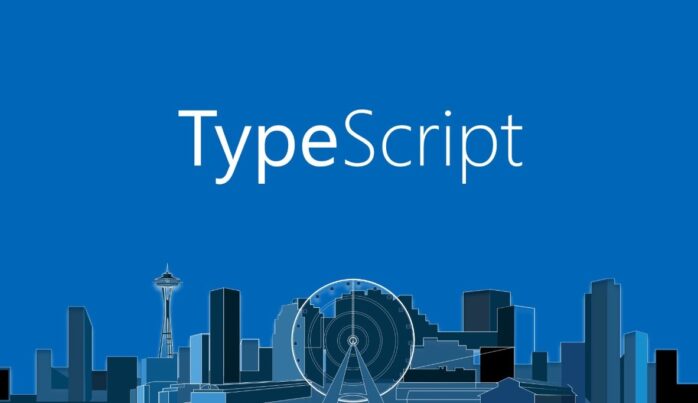Are you ready to take your coding skills to the next level? Well, wait no further, because we’ve got the answer ─ Typescript!
We’ll show you why this language is the perfect choice for your next project, from its syntax benefits to its scalability. So, buckle up and let’s get started on our journey into the world of Typescript!
What is Typescript?

Typescript is an open-source, strongly typed, object-oriented language developed by Microsoft. It’s a superset of JavaScript that adds features to the language like type annotations and generics.
This allows developers to write code with much fewer errors, making it ideal for larger projects or applications. It is compiled into plain JavaScript before it reaches the browser, so you don’t have to worry about compatibility issues with different browsers.
With modern web development libraries and frameworks like React, Angular, and Vue growing in popularity each day, Typescript provides developers with a comfortable environment to code in thanks to its powerful features.
Developers also benefit from the integration of modules and classes available in it as well as more strict rules on structure allowing for better engineering practices such as robust unit testing. With better coding practices and powerful features available out of the box, it’s no wonder why more developers are starting their next project in Typescript.
Why Your Next Project Should Be In This Language

One of the biggest benefits of Typescript is that it reduces the burden of maintaining scalability on developers. The fact that you can use all features of ES6, such as classes and modules, makes maintaining and refactoring code a much more manageable task. This, combined with its static typing capabilities and strict syntactic rules, ensures your code will be consistent, robust, and safe from errors.
On top of its practical advantages in development environments, it also has a few features which make it stand out when compared to other languages. For instance, Typescript supports both generic types and intersection types. This feature allows developers to take advantage of multiple programming paradigms such as object-oriented programming (OOP) or functional programming (FP), depending on the context. These type systems can also be used for automatic type checking to ensure your projects have correct variable usage throughout the lifecycle.
Typescript is versatile enough to run in any JavaScript runtime with no additional configuration required – meaning your projects can have access to over 500 existing JavaScript libraries with minimal effort.
In addition to this versatility, it also helps developers gain improved productivity by limiting the need for manual debugging; Typescript can detect errors in coding during compilation time which ensures faster development cycles due to fewer runtime errors that require investigation later on.

Conclusion
In conclusion, Typescript is a great language, especially for development teams that want to improve their product’s performance with fewer bugs. It also helps developers produce clean, maintainable code as well as allows them to access newer JavaScript syntax that is not yet supported by most browsers. All of these advantages make Typescript an attractive choice for any developer looking for a powerful and reliable programming language.



















